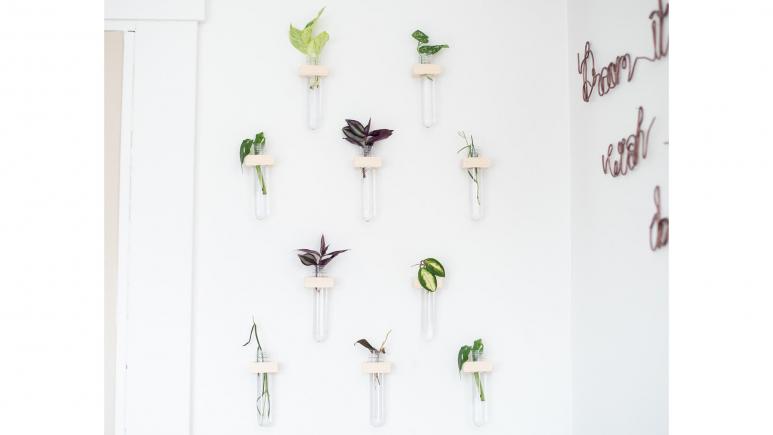

Secrets For Helping Indoor Plants Survive The Winter | The Plant…

Q&A with Organizational Pro Peter Walsh + Dermatologist Shares A…

Actor Hank Azaria + Freezer Meals + Artichokes 2 Ways with Rach

See Inside Barbara Corcoran's Stunning NY Apartment + It's Steak…

How to Make Chicken and Lobster Piccata | Richard Blais

Donnie Wahlberg Spills Details About NKOTB's First Ever Conventi…

Donnie Wahlberg + Jenny McCarthy Say Rach Is Such a "Joy" + Look…

The Best Moments From 17 Seasons of the Show Will Make You Laugh…

How to Make Crabby Carbonara | Rachael Ray

Rach Chats "Firsts" In Flashback From Our First Episode Ever In …

How to Make Apple-Cider Braised Pork Chop Sandwiches with Onion …

Rach's Chef Pals Say Goodbye to Show in Surprise Video Message
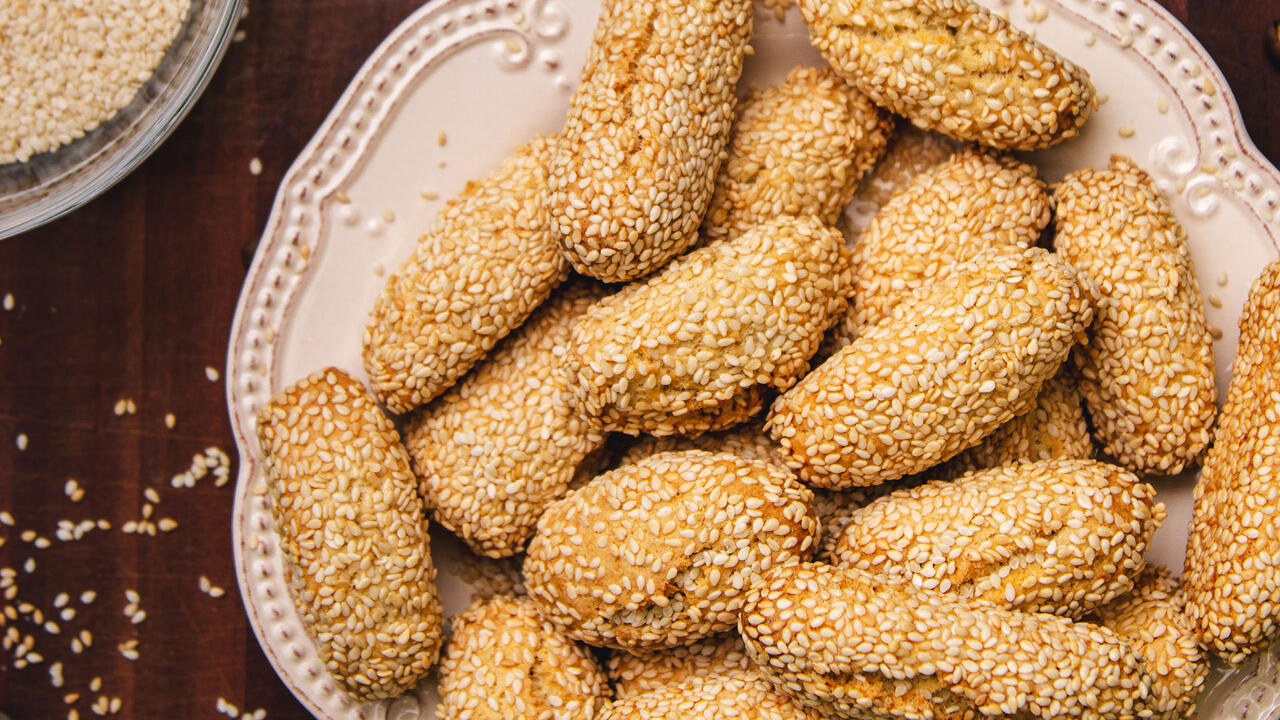
How to Make Sesame Cookies | Buddy Valastro

How to Make Tortilla with Potatoes, Piquillo Peppers and Mancheg…

How to Make Shrimp Burgers | Jacques Pepin
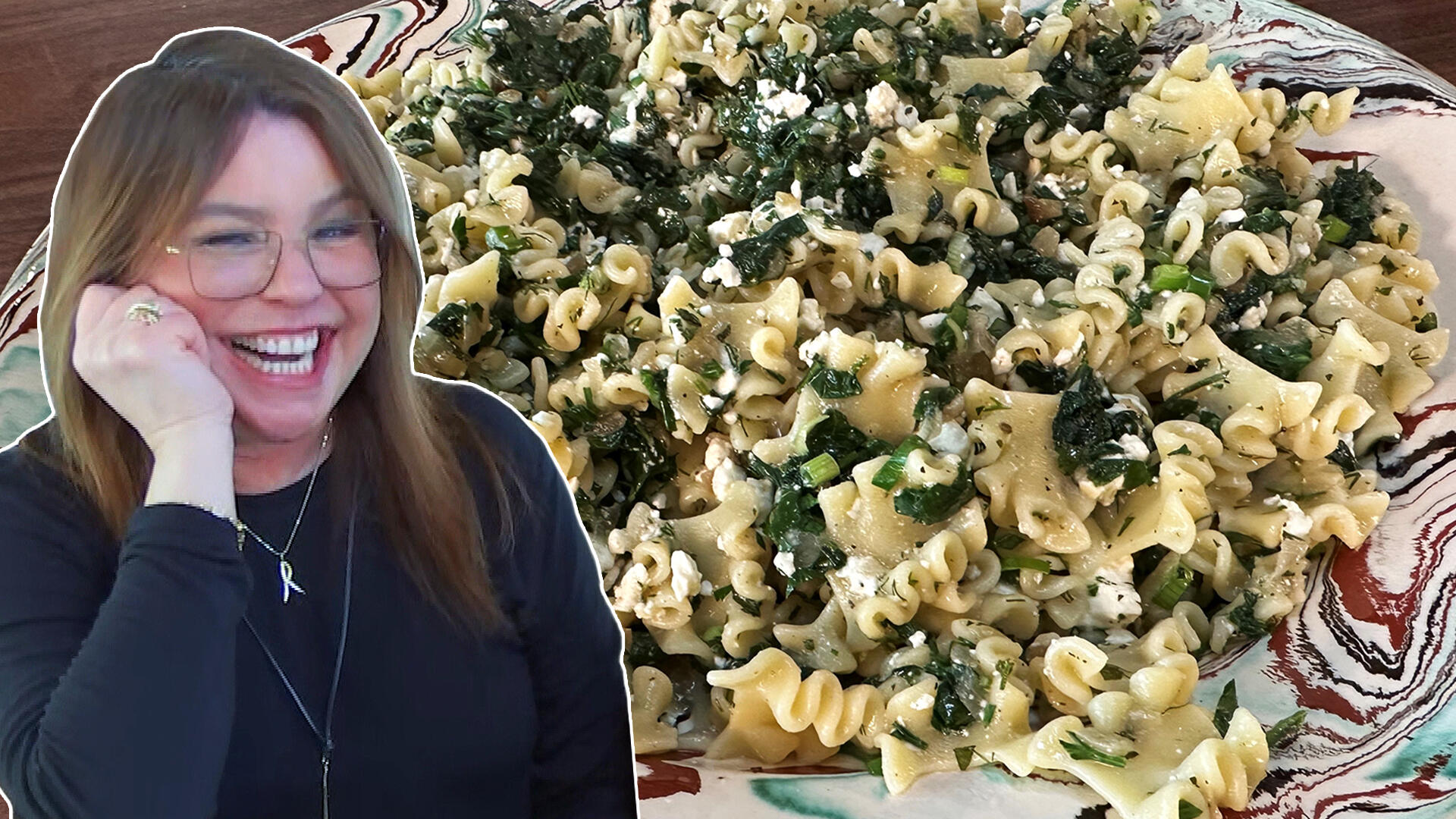
How to Make Spanakopipasta | Rachael Ray

Andrew McCarthy Chokes Up Discussing Emotional Trip to Spain wit…

Celebrity Guests Send Farewell Messages After 17 Seasons of the …

Celebrity Guests Send Farewell Messages After 17 Seasons of the …

Andrew McCarthy Teases Upcoming "Brat Pack" Reunion Special

Michelle Obama Toasts Rach's 17 Years on the Air With a Heartfel…
Each product has been independently selected by our editorial team. We may receive commissions from some links to products on this page. Promotions are subject to availability and retailer terms.
Just like winter can be hard on us and our skin, the bone-chilling season can be hard on indoor plants, too. That's why Hilton Carter, a.k.a. "the plant doctor" and author of Wild Interiors, is giving his top five tips for prepping your plants to survive the cold winter months.
For starters, if you're looking to start a plant collection or build on yours, some of Hilton's favorite indoor plants are: Calathea Orbifolia, Calathea Freddie, Australian Tree Fern, Fiddle Leaf Fig, Prayer Plant, Marble Queen Pothos, Ming Aralia, Bird of Paradise, Chinese Fan Palm + Orchid Cactus.
(FYI, if shipping live plants isn't your thing — we get it — you can always try curbside pickup at a store like Home Depot.)
1. Mist Your Plants
"When it comes to turning the heat on in your home, you want to be aware that that's going to create a more dry atmosphere," Hilton says. "You want to make sure they're getting the humidity they're going to need during the winter months. I try to mist my plants every two to three days, depending on the plant — possibly every day."
EDITOR PICKS:
We like these Amber spray bottles, because they're so pretty, you can leave them out on display.
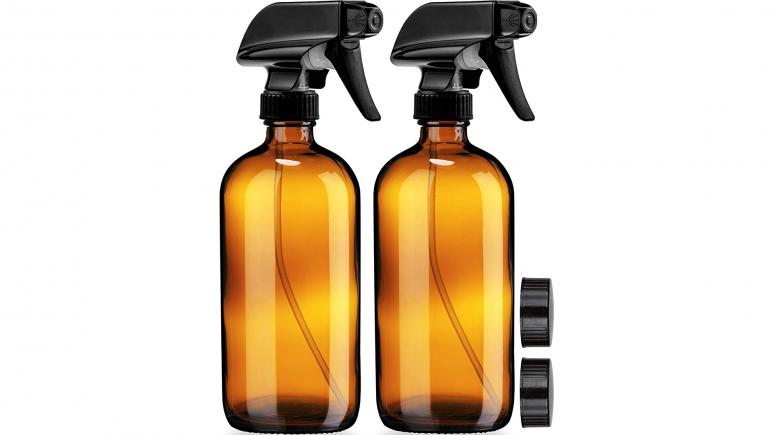
If you want something a bit less pricey and don't care about leaving them out, these would work perfectly, too.
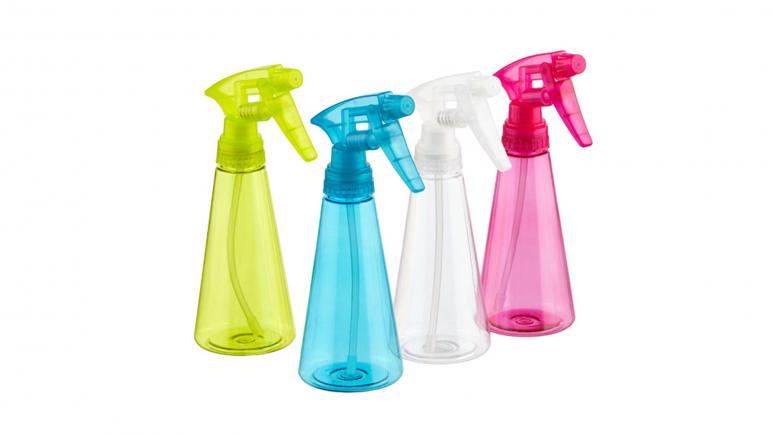
"When it comes to the winter months," "the plant doctor," says, "a lot of the plants you're bringing into your homes, they do go dormant — which means a lot of them don't need as much water as they need come spring and summer. Make sure that you're paying attention to the soil. Based on the moisture level of the soil and the plants that you have, that's when you should be watering your plants. Those of you who have cacti — during the winter, I water my cacti every six weeks."
Hilton's gorgeous watering can was a gift from a friend, but we found a few similar modern-looking watering cans that we love just as much.
EDITOR PICKS:
Modern Watering Can, $54
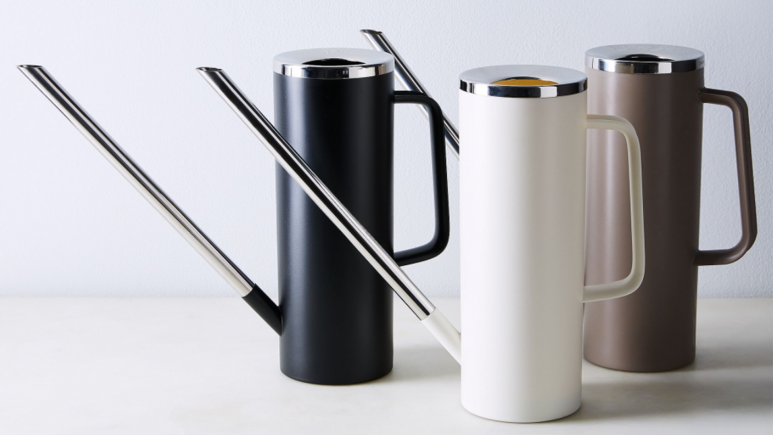
Limbo Watering Can, $53
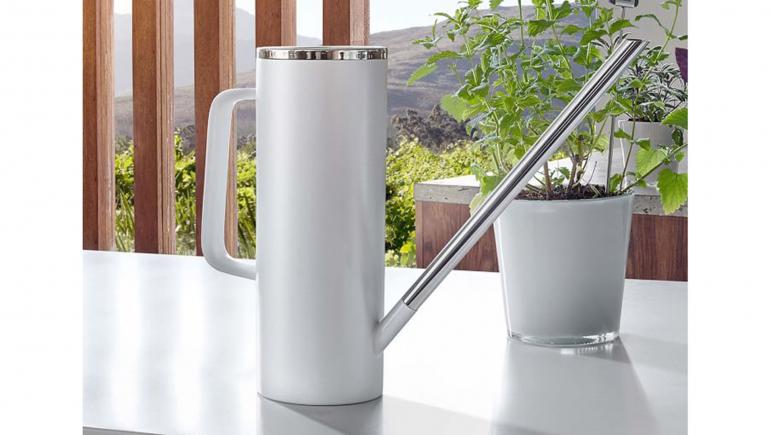
2. Move Plants Away From Windows + Radiators
"You want to make sure you're pulling any foliage that might be touching the glass of your window away from it," Hilton says. "That glass can get really cold and the foliage of your plants can suffer from it. Of course, it's winter, it's going to be a bit colder outside, which means colder inside — which means you're going to want to turn on your heat. You might want to help those plants by either pulling them away a bit from those radiators or protecting them with a piece of wood. Placing that wood on top of that radiator can at least help separate them from the heat."
3. Busy? Get Water Spikes To Help You Tend To Needy Plants
"Let's say you don't have a lot of time on your hands but you have plants that are very needy," he explains. "I have a lot of ferns that are very needy. One way you can do it is to get yourself some water spikes made of terracotta. Stick them down in the soil and take any wine bottle full of water, stick it into that water spike, and over time, that terracotta will slowly release moisture through the clay of that spike and into the soil."
Hilton recommends these watering spikes.
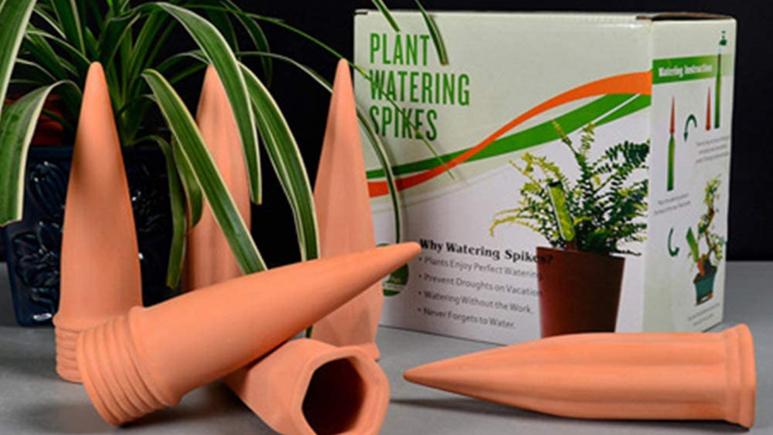
4. Give Your Plants Nutrients With Water Used To Boil Eggs
"Those eggs that you're boiling in water," Hilton says, "use that water to provide nutrients [to your plants]."
5. Use Coffee Filters To Contain Soil In Pots With Large Holes
"If you're taking a plant from a pot and putting it into another pot that possibly might have a larger drainage hole — and some of that soil is being lost through that drainage hole — a cool way to make sure that you keep as much soil in your pot as possible is to make sure you place maybe a coffee filter at the base of that pot."
Hilton likes to buy planters from Target, CB2 and West Elm — but he also loves to support local ceramic artists.
EDITOR PICKS:
On Hilton's advice, we scoured those sites — and we love these wall planters for succulents.
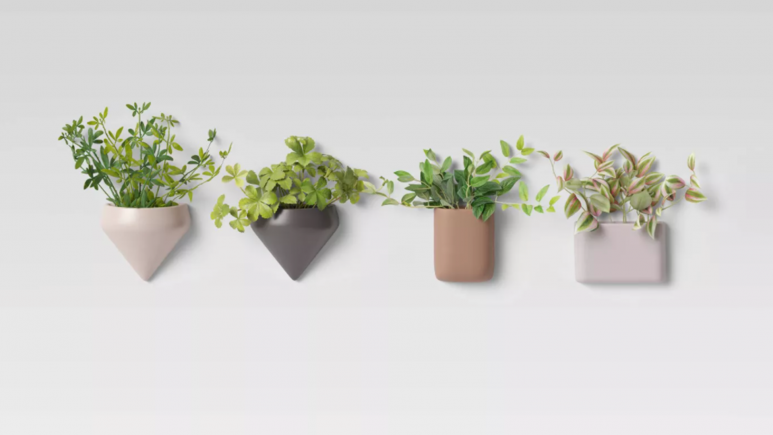
Plus, this sleek planter comes in four different sizes ...

... and these planter magnets are just the cutest.
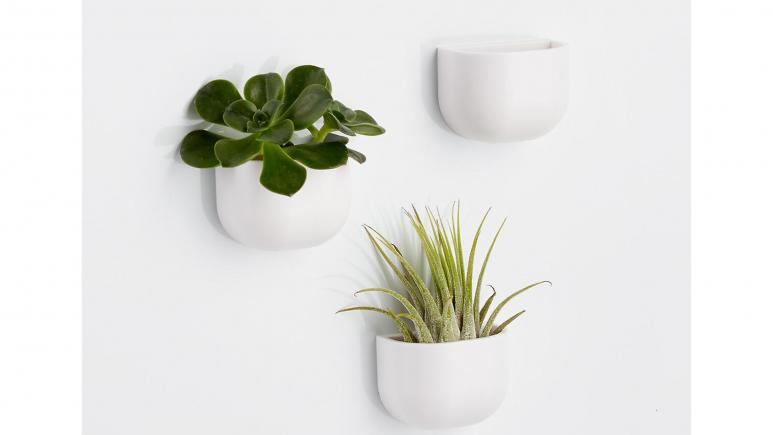
And did you love Hilton's hanging test tube planters as much as we did? He created them himself! You can get them here.
BUT if those are sold out (they're so popular!), we found some pretty alternatives.
EDITOR PICKS:
Wall Propagation Station, $36 per stand, including 4 test tubes

Test Tube Planters With Mini Wood Base, $12 per tube
